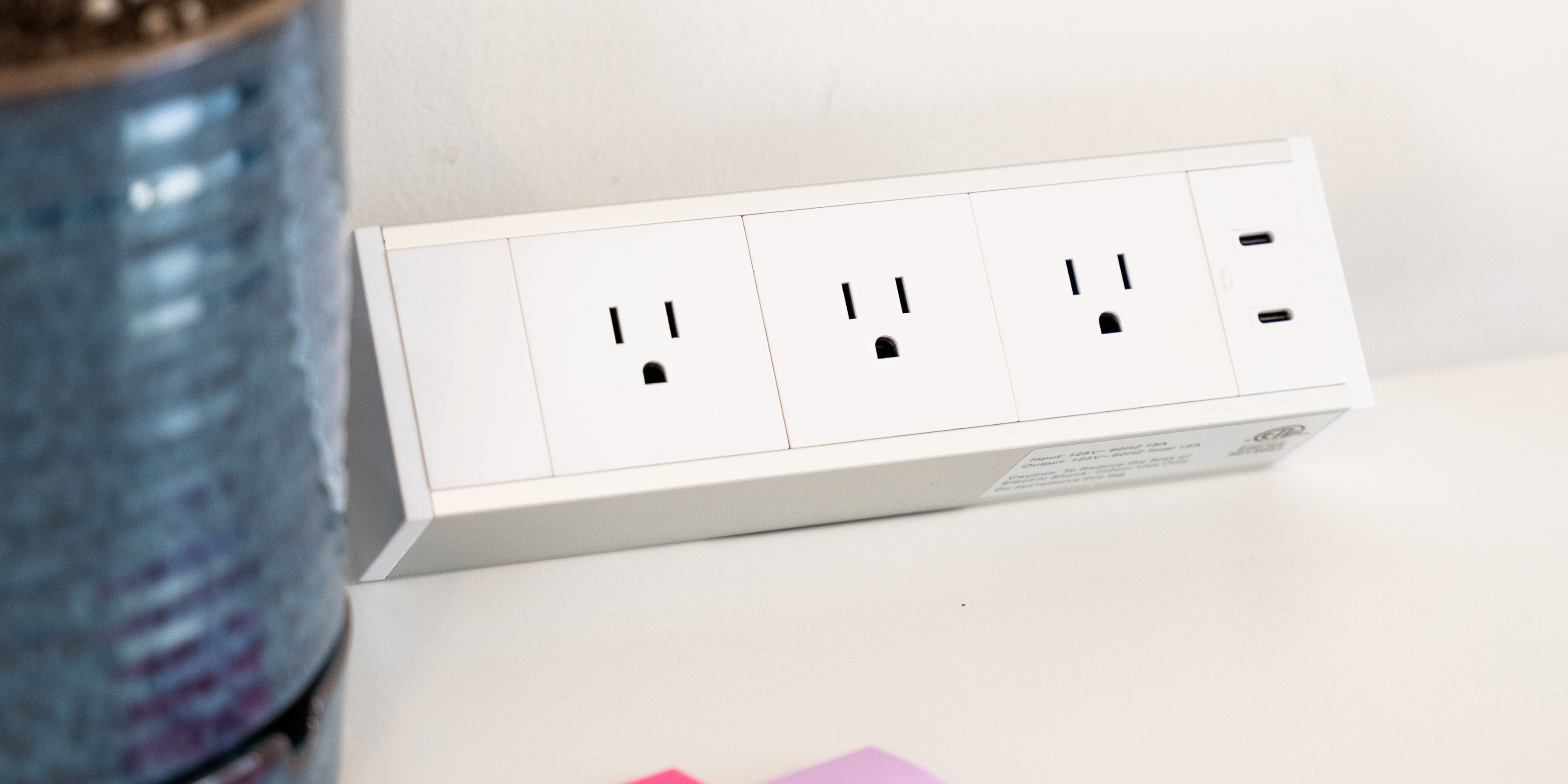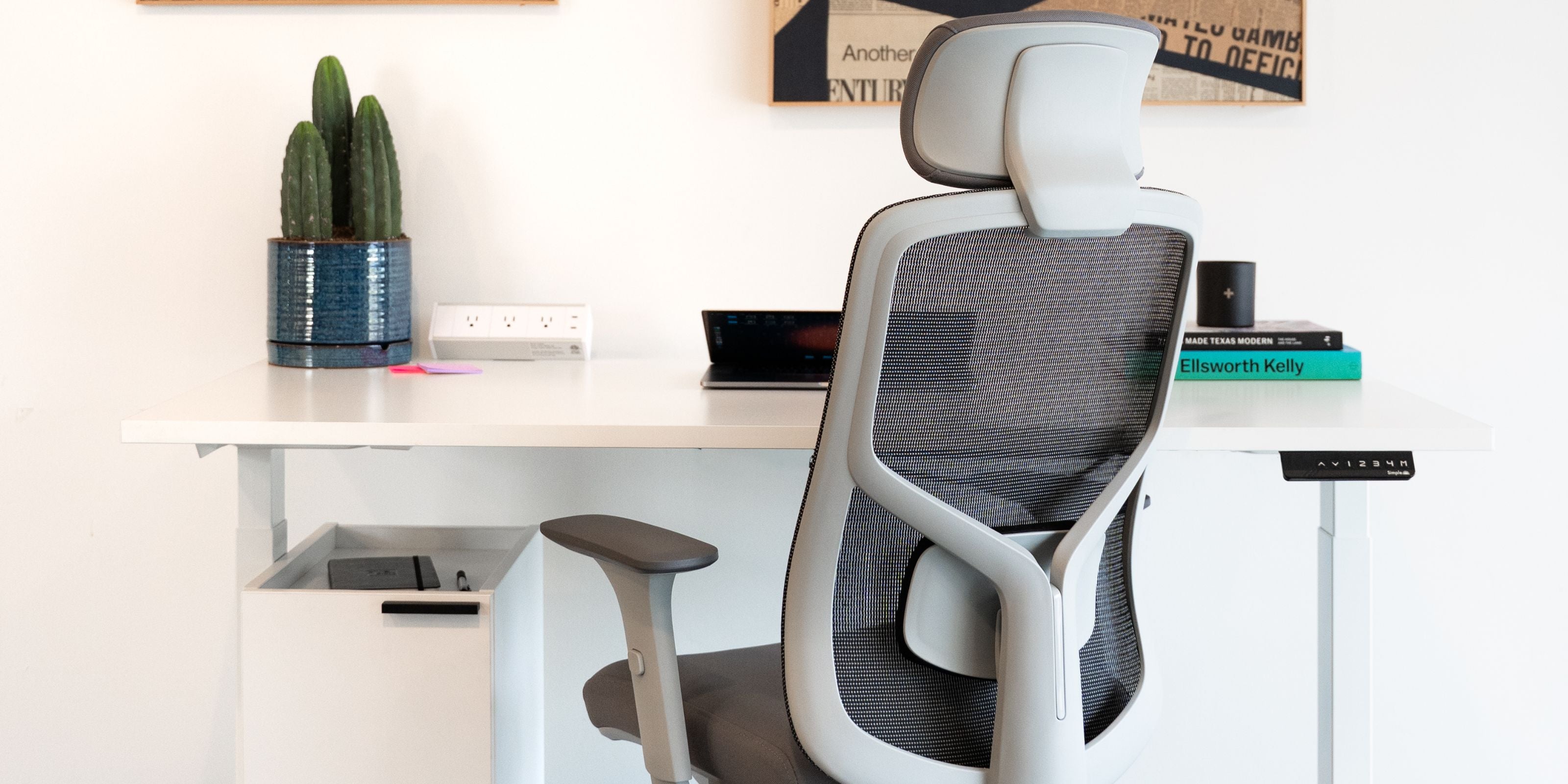Cleaning and caring for any Desktop Power is important to maintain its safety and functionality. Here’s a general guide for cleaning and caring for your Desktop Power to keep it in top shape:
Basic Cleaning
Unplug Everything: Before cleaning your Desktop Power, always unplug it from the wall and disconnect any devices plugged into it. This ensures your safety and prevents any electrical accidents.
Dusting: Use a dry microfiber cloth or a soft brush to remove dust, dirt, and debris from the surface and between the outlets. Dust buildup can sometimes affect performance and may even create a fire hazard over time.
Cleaning the Product
Damp Cloth: For a deeper clean, dampen a cloth with water and a small amount of mild dish soap or an all-purpose cleaner. Wipe down the surface of the Desktop Power gently. DO NOT ALLOW WATER INSIDE THE OUTLETS. You can use a damp cloth but make sure it’s not too wet. You don’t want any liquid to seep into the Desktop Power, as that can be a safety hazard.
Dry Immediately: After wiping down the Desktop Power, use a dry cloth to immediately dry it off to prevent moisture buildup.
Cleaning the Cord: The Desktop Power's cord may accumulate dust or dirt, too. Gently wipe the cord with a damp cloth (using the same mild cleaning solution if needed), but again, be sure to dry it thoroughly afterward. Avoid using excessive moisture to prevent electrical issues.
Preventing Buildup
Avoid Spills: Make sure to keep liquids away from the Desktop Power, as spills can damage the unit and create a potential shock hazard.
Regular Dusting: Regularly dust the Desktop Power and the area around it to keep dirt and debris from collecting in the outlets or along the cord.
Checking for Safety
Inspect for Damage: Regularly check the Desktop Power for any visible damage, such as frayed cords, exposed wires, or scorch marks. If the Desktop Power shows signs of wear or damage, do not use it and consider getting a new one. Never use a damaged Desktop Power, as it can lead to electrical hazards or fires.
Overload Check: Don’t overload the Desktop Power by plugging in too many devices. Check the Desktop Power’s maximum load capacity and make sure you don't exceed it to avoid overheating and potential fire hazards.
Outlet Cleaning: If any outlets are getting dirty or sticky, use a can of compressed air to gently blow out any dust or debris. Never insert anything into the outlets to try to clean them, as this could cause damage or injury.
Long-Term Care
Keep it Dry: Avoid placing Desktop Powers in damp or humid areas, as moisture can cause internal short circuits or corrosion. Keep them in a dry, cool place for safe operation.
Proper Storage: When not in use, especially if you're traveling with a Desktop Power or moving it around, roll the cord loosely and avoid tightly coiling it to prevent internal wire damage. Keep it stored in a place where it won’t get crushed or bent.
Unplug Everything: Before cleaning your Desktop Power, always unplug it from the wall and disconnect any devices plugged into it. This ensures your safety and prevents any electrical accidents.
Dusting: Use a dry microfiber cloth or a soft brush to remove dust, dirt, and debris from the surface and between the outlets. Dust buildup can sometimes affect performance and may even create a fire hazard over time.
Damp Cloth: For a deeper clean, dampen a cloth with water and a small amount of mild dish soap or an all-purpose cleaner. Wipe down the surface of the Desktop Power gently. DO NOT ALLOW WATER INSIDE THE OUTLETS. You can use a damp cloth but make sure it’s not too wet. You don’t want any liquid to seep into the Desktop Power, as that can be a safety hazard.
Dry Immediately: After wiping down the Desktop Power, use a dry cloth to immediately dry it off to prevent moisture buildup.
Cleaning the Cord: The Desktop Power's cord may accumulate dust or dirt, too. Gently wipe the cord with a damp cloth (using the same mild cleaning solution if needed), but again, be sure to dry it thoroughly afterward. Avoid using excessive moisture to prevent electrical issues.
Avoid Spills: Make sure to keep liquids away from the Desktop Power, as spills can damage the unit and create a potential shock hazard.
Regular Dusting: Regularly dust the Desktop Power and the area around it to keep dirt and debris from collecting in the outlets or along the cord.
Inspect for Damage: Regularly check the Desktop Power for any visible damage, such as frayed cords, exposed wires, or scorch marks. If the Desktop Power shows signs of wear or damage, do not use it and consider getting a new one. Never use a damaged Desktop Power, as it can lead to electrical hazards or fires.
Overload Check: Don’t overload the Desktop Power by plugging in too many devices. Check the Desktop Power’s maximum load capacity and make sure you don't exceed it to avoid overheating and potential fire hazards.
Outlet Cleaning: If any outlets are getting dirty or sticky, use a can of compressed air to gently blow out any dust or debris. Never insert anything into the outlets to try to clean them, as this could cause damage or injury.
Keep it Dry: Avoid placing Desktop Powers in damp or humid areas, as moisture can cause internal short circuits or corrosion. Keep them in a dry, cool place for safe operation.
Proper Storage: When not in use, especially if you're traveling with a Desktop Power or moving it around, roll the cord loosely and avoid tightly coiling it to prevent internal wire damage. Keep it stored in a place where it won’t get crushed or bent.




